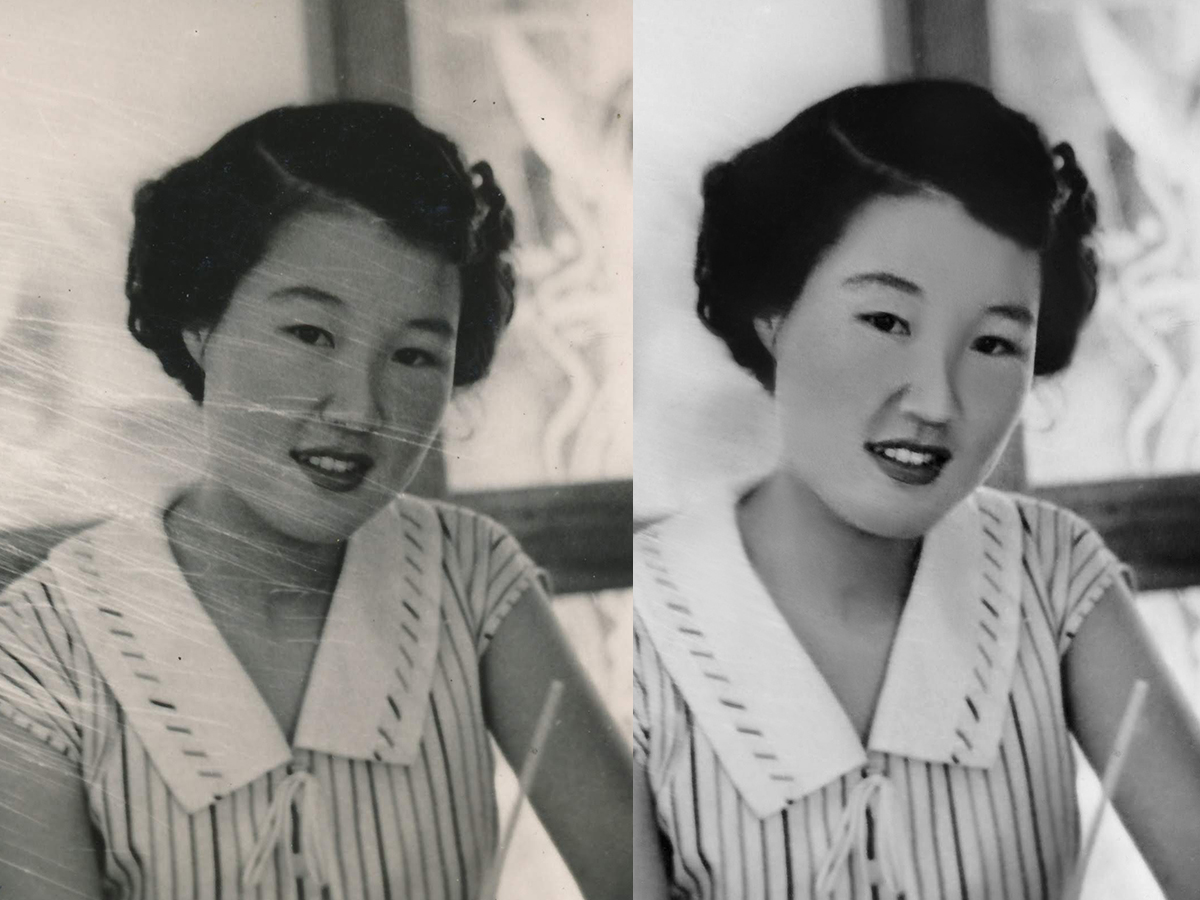How to Care for Restored Photos to Ensure Longevity
Photo restoration services can work wonders on your cherished memories, transforming old, damaged, or faded photographs into vibrant, like-new images. However, to maintain the beauty and integrity of these restored photos, it’s essential to take proper care of them. In this blog, we will guide you on ensuring the longevity of your restored photos, covering essential tips and best practices. Keywords such as photo, picture, and photograph restoration services will be highlighted throughout to help you find the best advice on caring for your precious memories.
Understanding the Value of Restored Photos
Restored photos are more than just images; they are irreplaceable pieces of history that connect us to our past. Whether they are family portraits, historical documents, or snapshots of significant events, restored photographs hold immense sentimental value. Picture restoration services bring these memories back to life, but proper care is paramount to keep them looking their best.
1. Handling Restored Photos with Care
- Use Clean Hands and Gloves: When handling restored photos, always ensure your hands are clean and dry. Oils and dirt from your fingers can damage the surface of the photo. For added protection, consider wearing white cotton gloves, which are often used by archivists to handle delicate materials.
- Hold Photos by the Edges: To avoid smudging or scratching the surface, hold the photographs by their edges. This minimizes the risk of fingerprints and other contaminants.
2. Proper Storage Solutions
- Acid-Free Materials: Store your restored photos in acid-free albums, sleeves, or boxes. Acidic materials can cause photos to deteriorate over time. Acid-free products are designed to protect and preserve your photographs by providing a stable environment.
- Avoid Adhesives: Refrain from using adhesive tapes or glue on your photos. These substances can damage the photo over time. Instead, opt for photo corners or sleeves to secure your pictures in albums.
- Climate Control: Store your photos in a cool, dry, and dark place. Extreme temperatures, humidity, and light exposure can cause photos to fade, curl, or become brittle. Ideal conditions for photo storage are temperatures between 65-70°F (18-21°C) and humidity levels between 30-40%.
3. Displaying Restored Photos
- UV Protection: When displaying your restored photos, choose frames with UV-protective glass. Ultraviolet light can cause photos to fade and deteriorate. UV-protective glass filters out harmful rays, helping to preserve the colors and details of your photographs.
- Avoid Direct Sunlight: Place framed photos away from direct sunlight. Even with UV-protective glass, prolonged exposure to sunlight can damage your photos. Display them in areas with indirect light to ensure their longevity.
- Rotation: If you have a collection of restored photos on display, consider rotating them periodically. This reduces the amount of light exposure any one photo receives, thereby extending its life.
4. Digitizing and Backing Up
- Create Digital Copies: One of the best ways to ensure the longevity of your restored photos is to create high-quality digital copies. Scan your photos at a high resolution and save them in a digital format. This provides a backup in case the physical photo gets damaged or lost.
- Multiple Backups: Store your digital copies in multiple locations. Use external hard drives, cloud storage, and other digital storage solutions to keep your photos safe. Having multiple backups ensures that your memories are preserved even if one storage method fails.
5. Regular Maintenance and Checks
- Inspect Periodically: Regularly check the condition of your restored photos. Look for signs of deterioration, such as fading, discoloration, or physical damage. Early detection allows you to take corrective measures before significant damage occurs.
- Reframing and Matting: Over time, the materials used in framing and matting can degrade. Periodically reframe and re-mat your photos using acid-free and archival-quality materials. This helps to maintain the integrity of your photographs and ensures they remain protected.
6. Consulting Professionals
- Seek Expert Advice: If you’re unsure about the best ways to care for your restored photos, don’t hesitate to consult professionals. Many photo restoration services offer advice and products for photo care and preservation. They can provide tailored solutions based on the specific needs of your photographs.
- Restoration Touch-Ups: Over time, even well-cared-for photos may need touch-ups. Professional photograph restoration services can assess and restore your photos to their original glory, addressing any new damage or deterioration that has occurred.
Conclusion
Ensuring the longevity of your restored photos requires diligent care and attention to detail. By following these best practices, you can preserve your cherished memories for generations to come. Remember to handle photos with care, use proper storage solutions, protect them from light exposure, and create digital backups. Regular maintenance and consulting with professionals can also go a long way in maintaining the beauty and integrity of your restored photographs.
Investing in quality picture restoration services from Retouch Company is just the first step in preserving your precious memories. With the right care, your restored photos can continue to bring joy and connection to your past for many years.


Leave a Reply